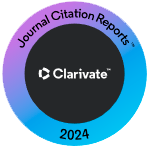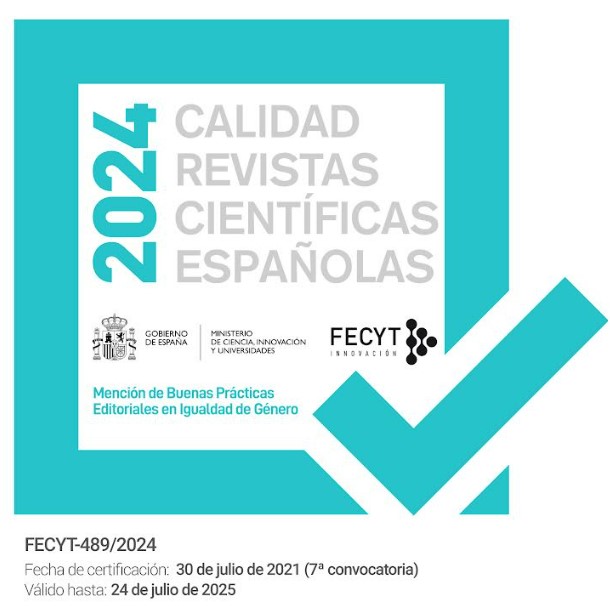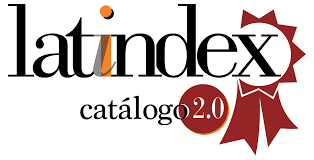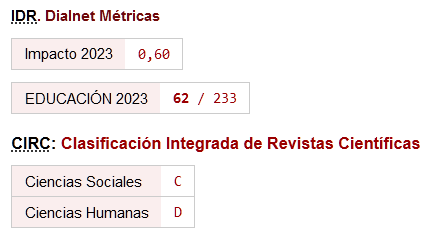Analysis and implementation of free education at the University of Atacama
DOI:
https://doi.org/10.46661/ijeri.4483Keywords:
Higher education, Chilean free higher education, data analysisAbstract
Based on the Chilean reality about the Free Education Policy (2016), the article presents a study that addresses the reception sustained by higher education institutions regarding the mechanisms of application and control of the policy; taking as a sample the group of students at the University of Atacama with the benefit on the year 2018. The quantitative data analysis is carried out considering the faculties and careers, the route of entry of the students, type of establishment of origin, and academic's entry factors. It is concluded that without evaluation and monitoring mechanisms this benefit could become an item of the higher education budget without fruitful results for the country. Regarding the result, it is established that in the sample analyzed, students who enter by regular route or University Selection Test (PSU), the score range obtained in Middle School Grades (NEM), is lower than the PSU and Ranking scores, so it does not influence significantly as an academic income factor. This means that for a student with the benefit prevails the PSU score, independent where he has completed his secondary education, and to which career he enters.
Downloads
References
Barrientos, N., & Araya, L. (2018). ‘Educación Superior en Chile’ [Higher Education in Chile], Revista Aletheia 10(1): 80-109.
Brunner, J.J., & Labraña, J. (2018). ‘Financiamiento de la educación superior, gratuidad y proyecto de nuevo crédito estudiantil’ [Higher Education Financing, Free Education and New Student Loan Project], Debates de Política Pública 31. CEP Centro de Estudios Públicos.
Contraloría General de la República. (2017). Financiamiento fiscal a la educación superior 2016 [Fiscal financing of higher education 2016], http://bit.ly/2m4CzdI
Dirección de Presupuestos Gobierno de Chile. (2019). ‘Folleto de Prioridades Presupuestarias, Ley de Presupuestos 2019’ [Budgetary Priorities Brochure, Budget Law 2019], http://bit.ly/2kobzWc
Espinoza, O., & González, L. (2016). ‘La educación superior en chile y la compleja transición desde el régimen de autofinanciamiento hacia el régimen de gratuidad’ [Higher Education in Chile and the Complex Transition from Self-financing to Free Education], Revista Latinoamericana de Educación Comparada, 7(9), 35-51.
Espinoza, R., & Urzúa, S. (2015). ‘Las Consecuencias Económicas de un Sistema de Educación Superior Gratuito en Chile’ [The Economic Consequences of a Free Higher Education System in Chile], Revista de Educación, 370, 10-44.
Marcel, M., & Tockman, C. (2005). ¿Cómo se financia la educación en Chile? [How is education financed in Chile?], Estudios de Finanzas Públicas. Chile: Ministerio de Hacienda. Retrieved from http://bit.ly/2lDfe2u
Ministerio de Educación. (2018). Indicadores de la Educación en Chile 2010-2016 [Education Indicators in Chile 2010-2016], Santiago: Ministerio de Educación, Centro de Estudios, Unidad de Estadísticas.
Ministerio de Educación. (2016). Memoria 2016 Beneficios Estudiantiles [2016 Annual Report of Student Benefits]. Santiago, Chile: Ministerio de Educación.
Muñoz, C. (2018). Financiamiento a la educación Superior. Enfoque en los créditos universitarios [Funding for Higher Education. Focus on University Loans]. Chile: Congreso Nacional de Chile. Advisory document for the Political Committee of Evópoli.
Organization for Economic Co-operation and Development. (2018). OECD Economic Surveys: Chile 2018. Paris, France: OECD Publishing, doi: http://dx.doi.org/10.1787/eco_surveys-chl-2018-en
Organization for Economic Co-operation and Development/CAF/Comisión Económica para América Latina y el Caribe. (2018), Latin American Economic Outlook 2018: Rethinking Institutions for Development, Paris, France: Éditions OCDE.
Pacheco, L., & Pacheco, R. (2015). ‘Evolución de la educación superior en el Ecuador: La Revolución Educativa de la Universidad Ecuatoriana’ [Evolution of Higher Education in Ecuador: The Educational Revolution of the Ecuadorian University], Pacarina del Sur 6(23), http://bit.ly/2kAelYd
Pérez, L. (2007). ‘La exigibilidad del derecho a la educación a partir del diseño y la ejecución de las políticas públicas educativas’ [The Enforceability of the Right to Education Based on the Design and Implementation of Public Education Policies.], Estudios Socio-Jurídicos 9(S.1.): 142-165.
Romer, P. S. (1986). ‘Increasing Returns and Long–Run Growth’, Journal of Political Economy 94(5).
Senthilkumar, N., & Arulraj, A. (2011). ‘SQM-HEI–determination of service quality measurement of higher education in India’, Journal of Modelling in Management, 6(1): 60-78. https://doi.org/10.1108/17465661111112502
Urzúa, S., & Espinoza R. (2014). Gratuidad de la Educación Superior en Chile en Contexto [Free Higher Education in Chile in Context], Work Document, CLAPES, PUC.
Downloads
Published
How to Cite
Issue
Section
License
Copyright (c) 2020 Carmen Burgos Videla, Ana Oña Macías, Wilson Castillo Rojas

This work is licensed under a Creative Commons Attribution-NonCommercial-NoDerivatives 4.0 International License.












